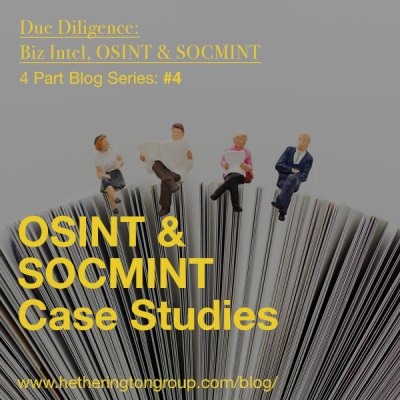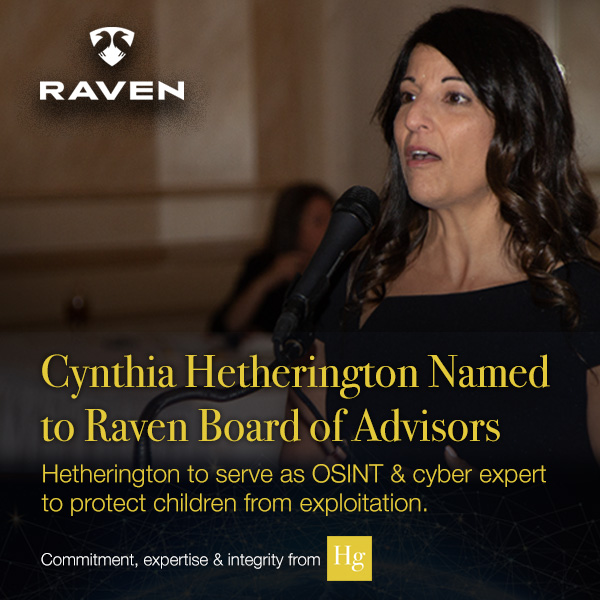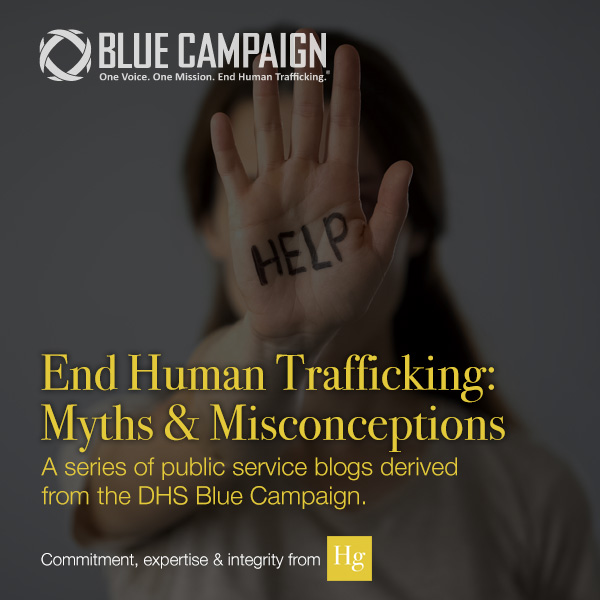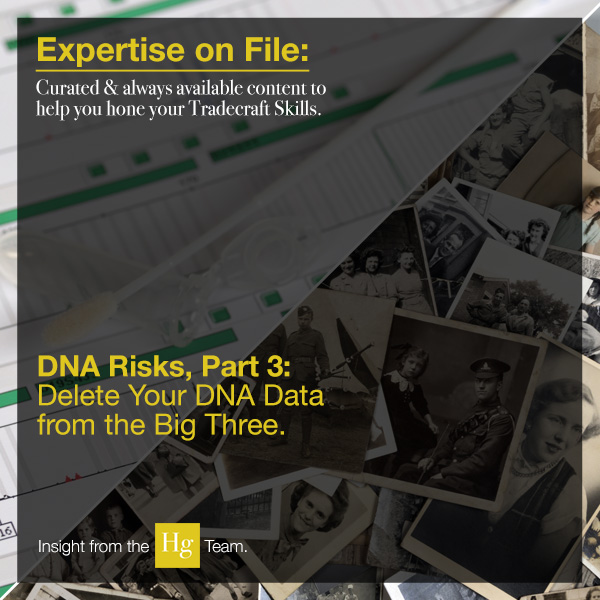By Cynthia Hetherington
 Due diligence investigations examine the backgrounds of corporate entities and the principals who manage them. They are applicable to all professionals involved in investigations, insurance and risk managers, attorneys, investigative reporters, security practitioners, and every-day consumers. Business intelligence, open source research (OSINT), and social media research (SOCMINT) are key tools that assist in researching and conducting due diligence.
Due diligence investigations examine the backgrounds of corporate entities and the principals who manage them. They are applicable to all professionals involved in investigations, insurance and risk managers, attorneys, investigative reporters, security practitioners, and every-day consumers. Business intelligence, open source research (OSINT), and social media research (SOCMINT) are key tools that assist in researching and conducting due diligence.
Hg conducts online backgrounds on businesses, persons, and entities—foreign and domestic. In employing OSINT and SOCMINT skills, we are able to expose fraudulent business enterprises, locate assets, and gather undercover intelligence. In this 4-part series, we discuss how to use public record resources, social media resources, no-cost social media and open source monitoring, and the difference between fee and free resources, and offer two case studies. This week analyze the use of business intelligence and open source research through the lens of three case studies.
Common Uses
In rounding up our 4-part series on how investigators, analysts, and journalists can integrate business intelligence, OSINT, and SOCMINT tools into their investigations, we turn to three due diligence case studies.
Reviewing the background of the company and its principals and associates is essential when establishing trust between two or more entities. Reputational concerns, fiscal responsibility, and management’s capabilities to deliver on contract are a handful of fitting reasons to utilize business intelligence, OSINT, and SOCMINT tools when conducting a due diligence case. Considering a merger or an acquisition, compliance laws, and other legal requirements may force the report to be conducted.
Business Acquisitions
Investigators also get involved in the practice of business intelligence to fact check the merits of a new client or acquisition claims. Intelligence gathered through open sources can be considered in the business valuation as plausible, possible, or impossible based on the assertions made by the company they are examining.
Case Study 1: Manufacturing Capacity
The manufacturer of a travel mug claims on its website that it produces 1,000 mugs per week. Client Jones is interested in learning more about the company’s production capacity and hires an analyst to determine the accuracy of such claims. The analyst sets to work, gathering OSINT/SOCMINT business intelligence from the company’s Facebook page—complete with photos of a single machine—and an OSHA inspection report of the machine filed with the county. Business intelligence reveals that the travel mug manufacturer has one license to operate a mug-making machine, with a specified production capacity of 250 mugs per week. Is the company producing travel mugs at an offsite location? Exaggerating its capabilities? Further investigation would be required to answer these questions and provide a report to Client Jones.
Asset Investigations
Asset investigations also rely on business intelligence and open source research to locate stolen, misappropriated, or lost finances. The key question to ask: Where’s the money? Using public records, an investigator can track down existing homes, vessels, other businesses, properties, and intellectual property. Concurrently, the investigator integrates OSINT and SOCMINT skills into the process by reviewing the target’s self-reported social media posts—keeping a keen eye out for the mention of luxury purchases, new friends, expensive tastes, gambling debts, and/or recent wealth.
Case Study 2: Lots ‘o Cash Flowing
Sally, a bookkeeper for the mug company, earns a $60,000 annual salary with little show of other wealth or income. Suddenly, Sally appearance begins to change. She arrives to the office wearing $1,000 shoes and $6,000 handbags. Her car gets upgraded from an older model Toyota to a new Maserati. Her kids are enrolled in private schools. Any one of these should be a red flag of potential fraudulent behavior. A review of Sally’s social media should be conducted to see if she mentions a recently deceased wealthy aunt or grand winnings at a casino—both of which could explain the sudden wealth. Using fee-based sources, the investigator may learn that Sally was recently divorced, from which she financially benefited greatly. Void of any public record changes or social media explanation of new money, a thorough audit of all of Sally’s accounts should be reviewed.
Business Competition
Competitive intelligence also requires the use of public records and intelligence for gathering information. Though we can consider this similar to due diligence, the focus of competitive intelligence is to develop market information in general, and company details specifically.
Case Study 3:
A peanut farmer in Georgia is interested in converting his fields to soybeans. He needs to understand the market for this new and unfamiliar crop. The peanut farmer will be interested in sales, trading markets, the competitors in his industry, what country outside of the U.S. is most likely to buy his product, and the cost to make that happen. Some of the information he’ll need includes tax figures, export details, commodity pricing, and organizational news dealing with competitors’ interests. The analyst working with the peanut farmer can access business intelligence databases that focus on market research. They are valuable assets to any investigative work, because they keep industry news and literature organized and searchable. Obscure data, such as the Zoological Index in Dialog, dates back decades, whereas current data, such as the pharmaceutical pipeline, is also available from key searches.
With your business intelligence investigations, an investigator needs to remain well-read on the latest, trending OSINT and SOCMINT tools and service offerings. New vendors continue to create amazing new products for open source research which assist professionals with redundant and complicated tasks.

Are you an analyst or investigator looking for advanced OSINT/SOCMINT training on due diligence? If so, check out Hg’s webinar series, where you can attend live sessions and receive CEUs or watch previously recorded sessions to beef up your investigative skills.

Are you interested in working with a company but unsure if it’s legitimate? As veteran investigators in due diligence, Hg understands the business world and the legal and regulatory frameworks in which corporations and privately held companies operate. Our skilled analysts excel at exposing financial risks, reputational issues, criminal activity, and legal actions detrimental to your personal and business stability. Learn how our team can arm you with the data you need.
 Cynthia Hetherington, MLS, MSM, CFE, CII is the founder and president of Hetherington Group, a consulting, publishing, and training firm that leads in due diligence, corporate intelligence, and cyber investigations by keeping pace with the latest security threats and assessments. She has authored three books on how to conduct investigations, is the publisher of the newsletter, Data2know: Internet and Online Intelligence, and annually trains thousands of investigators, security professionals, attorneys, accountants, auditors, military intelligence professionals, and federal, state, and local agencies on best practices in the public and private sectors.
Cynthia Hetherington, MLS, MSM, CFE, CII is the founder and president of Hetherington Group, a consulting, publishing, and training firm that leads in due diligence, corporate intelligence, and cyber investigations by keeping pace with the latest security threats and assessments. She has authored three books on how to conduct investigations, is the publisher of the newsletter, Data2know: Internet and Online Intelligence, and annually trains thousands of investigators, security professionals, attorneys, accountants, auditors, military intelligence professionals, and federal, state, and local agencies on best practices in the public and private sectors.



